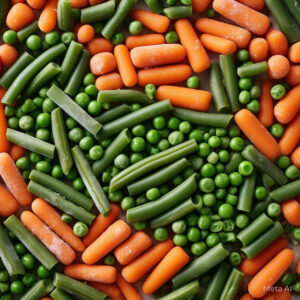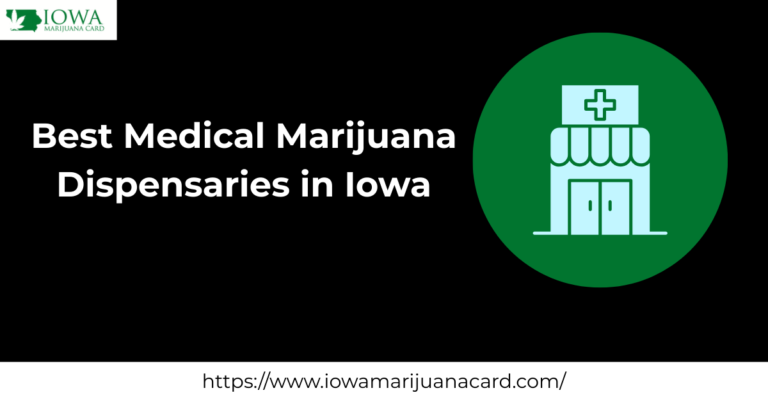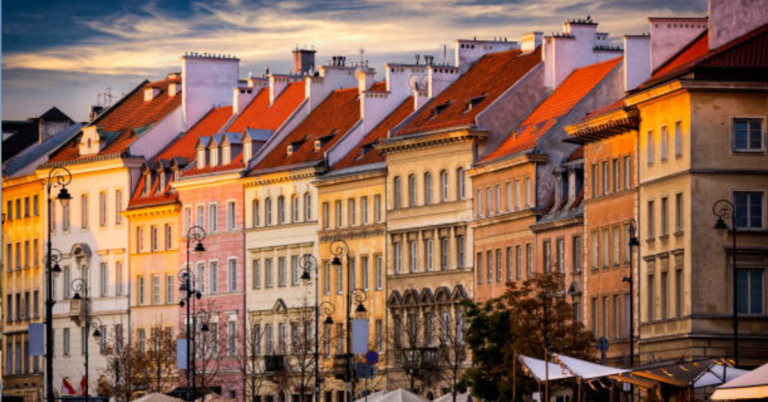Press Release: Coffee Market Set to Brew US$ 186.55 Billion by 2033, Fueled by Global Coffee Culture, Specialty Demand, and Online Expansion
According to the latest research report, the global coffee market is forecast to reach US$ 186.55 billion by 2033, up from US$ 121.69 billion in 2024, expanding at a CAGR of 4.86% from 2025 to 2033. This steady growth is attributed to rising disposable incomes, evolving coffee-drinking habits, the surge in specialty coffee consumption, and the rapid rise of e-commerce in coffee distribution.
Key Drivers of the Global Coffee Boom
The coffee industry is undergoing a profound transformation, driven by:
Increasing Urbanization and Lifestyle Changes: Growing middle-class populations, especially in emerging markets like Asia-Pacific, are embracing café culture and premium coffee experiences.
Specialty Coffee Surge: A heightened appreciation for artisanal blends, single-origin beans, and gourmet varieties is driving premiumization, particularly in the U.S., U.K., and China.
Digital Retail Expansion: Online platforms are enabling consumers to explore global coffee varieties, personalized blends, and subscription models – reshaping how coffee is discovered and consumed.
Global Consumption Patterns
The U.S. remains a coffee giant, consuming 188.7 billion cups annually, while Canada sees 71% daily drinkers.
Europe maintains strong demand, with Germany and the UK showing increasing preference for sustainable and ethically sourced coffee.
Asia-Pacific markets such as China, Japan, and India are experiencing rapid consumption growth, with China’s coffee imports nearly doubling to 5.5 million bags.
Market Segmentation Highlights
By Product Type: Instant Coffee, Ground Coffee, Whole Beans, Others
By Distribution Channel: Supermarkets/Hypermarkets, Convenience Stores, Online Platforms, Others
By Geography: Major markets include the U.S., EU, Brazil, China, UK, India, Saudi Arabia, and more.
Leading Companies in the Coffee Sector
Major players reshaping the global coffee industry include:
Starbucks Corporation
Nestlé (Nescafé)
The Kraft Heinz Company
Dutch Bros
JDE Peet’s N.V.
Coca-Cola Company
Keurig Dr Pepper
These companies are leveraging premium blends, digital retail channels, sustainable sourcing, and experiential marketing to stay competitive in the evolving landscape.
Challenges Facing the Coffee Industry
Despite strong growth, the industry faces several headwinds:
Labor shortages in coffee-growing regions.
Climate change impacting yield and quality.
Rising competition from substitutes such as tea, energy drinks, and plant-based beverages.
Nonetheless, government initiatives—such as Vietnam’s Sustainable Coffee Plan and India’s subsidy programs—are strengthening production and supply chains.
Frequently Asked Questions (FAQs) – Global Coffee Market
Q1: What is the current size of the global coffee market?
As of 2024, the market stands at US$ 121.69 billion and is projected to grow to US$ 186.55 billion by 2033.
Q2: What are the major growth drivers in the coffee market?
Key drivers include increasing coffee consumption globally, rising demand for specialty and premium coffees, growth of café culture, and the expansion of online retail channels.
Q3: Which product type dominates the market?
Ground coffee leads in terms of quality and flavor preference, while instant coffee dominates in terms of convenience and affordability, especially in developing markets.
Q4: What role does online retail play in the coffee industry?
Online platforms are pivotal for global distribution, offering subscription models, access to rare blends, and a direct-to-consumer approach that enhances customer experience and loyalty.
Q5: What regions are driving coffee consumption?
North America and Europe are established markets with growing demand for specialty and sustainable coffee.
Asia-Pacific, particularly China, India, and Vietnam, is experiencing a surge in coffee consumption due to urbanization and Western influence.
Q6: Who are the key players in the coffee industry?
Major players include Starbucks, Nescafé, Keurig Dr Pepper, Dutch Bros, JDE Peet’s, and Coca-Cola among others.
Q7: What are the biggest challenges for the global coffee market?
Climate change impacting production
Labor shortages in harvesting
Increasing competition from tea, energy drinks, and plant-based beverages
Q8: How is sustainability shaping the coffee market?
Sustainability is a key trend, with consumers preferring ethically sourced and environmentally friendly coffee. Many brands are focusing on fair trade practices and eco-friendly packaging.
Q9: What is the status of the coffee market in the United States?
The U.S. market is robust, driven by high consumption, a thriving specialty coffee scene, and the popularity of ready-to-drink and home brewing options.
Q10: Which country consumes the most coffee per capita?
Luxembourg has the highest per capita consumption, though the U.S. remains the largest overall consumer of coffee globally.











